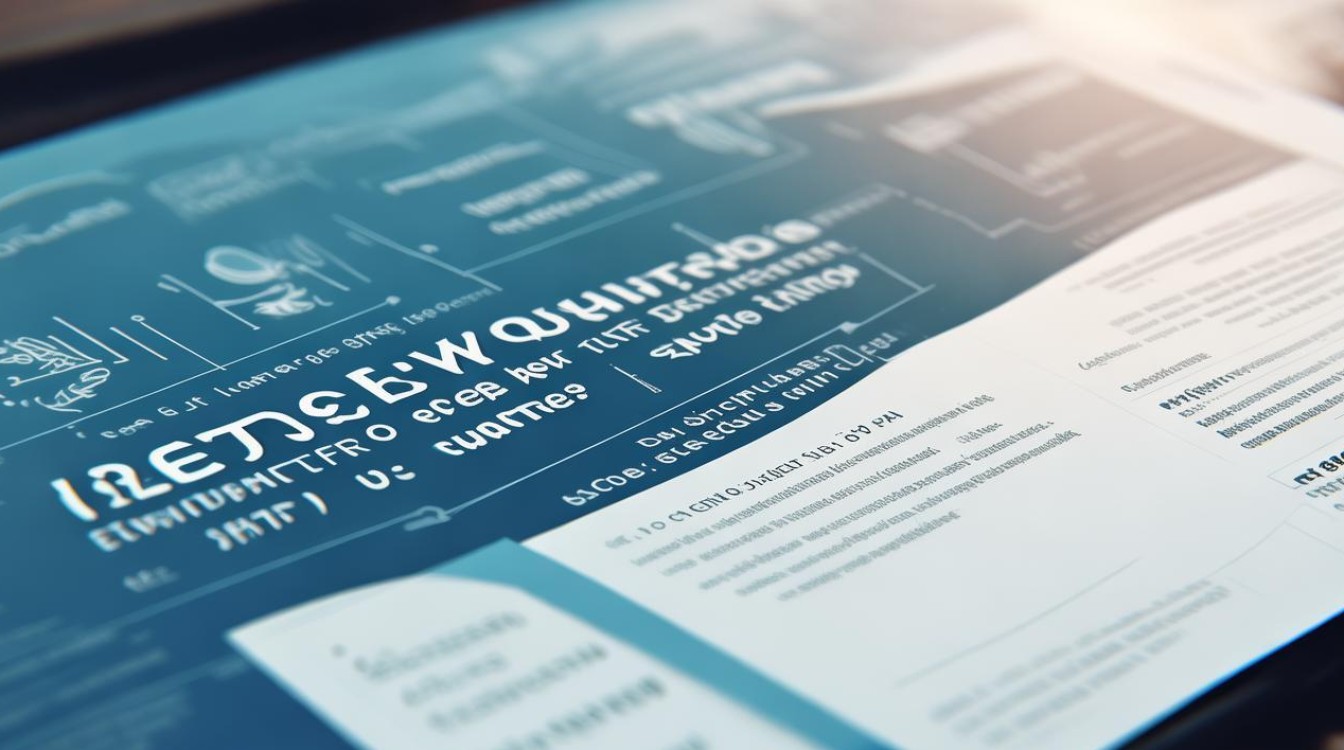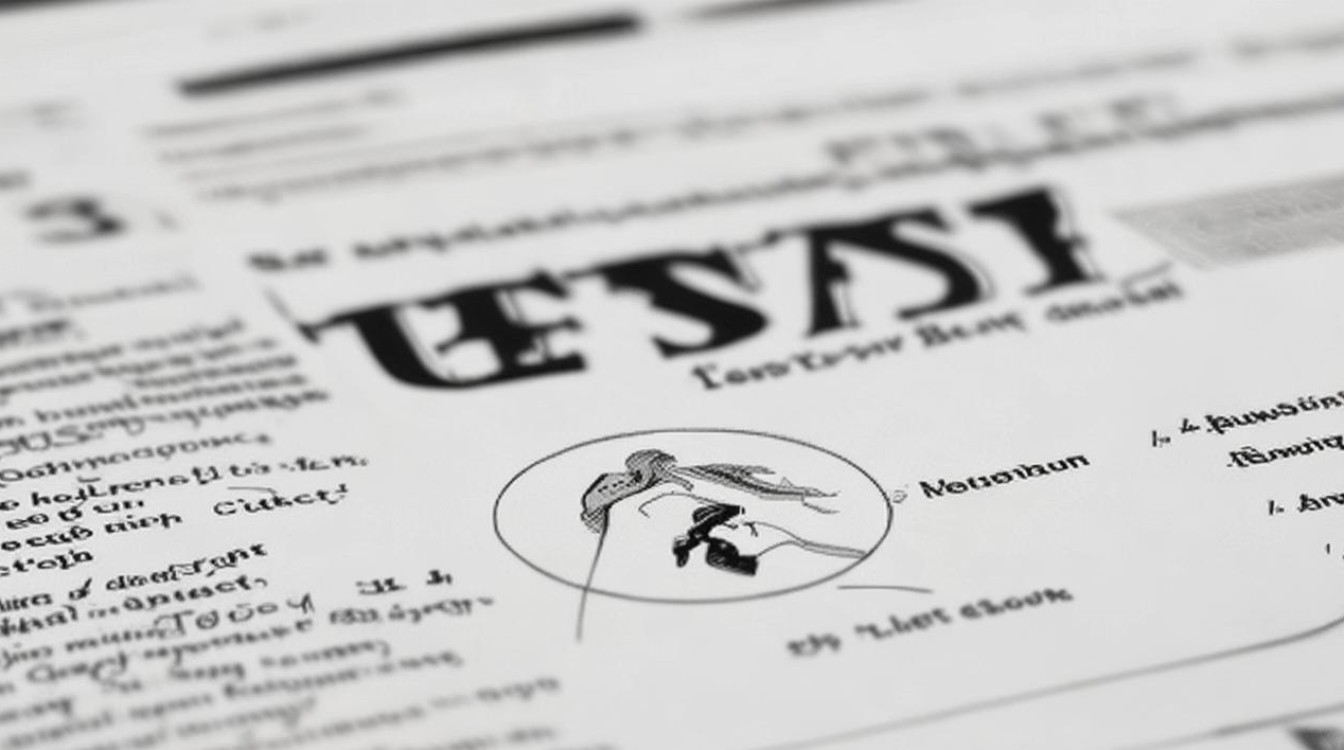9月24日的雅思考试已经落下帷幕,本次大作文题目再次印证了雅思写作对考生逻辑思维与社会洞察力的高要求,作为站长,我长期追踪雅思动态,结合多年教学经验,为考生带来这篇深度解析,帮助大家掌握高分技巧,同时为未来备考提供方向性指导。
回顾与核心矛盾分析

本次考题属于“社会类”高频话题:
"Some people believe that governments should spend money on building theaters and sports stadiums, while others think they should focus on healthcare and education. Discuss both views and give your opinion."
本质探讨的是公共资源分配优先级的争议,涉及三个关键维度:
- 文化体育设施的社会价值(提升民众幸福感、促进文化传承)
- 基础民生领域的刚性需求(医疗教育直接影响社会发展质量)
- 政府财政决策的平衡艺术(有限预算下的最优解)
双观点辩证拆解
支持文化体育建设的合理性
- 经济乘数效应:剧院与体育馆能带动周边商业生态,英国谢菲尔德体育馆案例显示,其建成后区域就业率提升23%(数据来源:UK Sport Council 2022年报)
- 软实力培育:澳大利亚墨尔本通过艺术区建设,使城市国际竞争力排名上升5位(经济学人智库数据)
- 心理健康干预:加拿大卫生部研究指出,定期参与文体活动人群的抑郁症状发生率降低37%
侧重医疗教育的必要性
- 社会公平基石:经合组织报告显示,教育投入每增加1%,基尼系数平均下降0.8个百分点
- 长期成本控制:预防性医疗投入可减少后期治疗支出,美国疾控中心模型表明,前期每投入1美元预防可节省6美元急诊费用
- 人力资本积累:新加坡教育投入占GDP3.1%却创造全球TOP3的人力资本指数(世界银行数据)
高分写作结构示范
引言段(75词)
"Public budget allocation perpetually sparks heated debates. While cultural venues symbolize urban sophistication, clinics and schools address fundamental needs. This essay will scrutinize both perspectives before concluding that a tiered investment strategy yields optimal outcomes."
主体段1(文化体育价值 190词)
Proponents of recreational infrastructure highlight its multidimensional returns. Theatres serve as custodians of intangible heritage—London's West End contributes £5 billion annually while preserving Shakespearean traditions. Simultaneously, stadiums foster social cohesion; the 2022 Beijing Winter Olympics facilities now host community events benefiting 800,000 residents weekly. Crucially, these projects generate compound value: Manchester's Etihad Campus created 6,000 jobs while boosting local GDP by £330 million within three years (Manchester City Council, 2023). Such investments also alleviate mental health burdens—a Lancet study confirms regular sports participation reduces antidepressant usage by 29% among urban populations.

主体段2(医疗教育优先性 210词)
However, human capital development demands precedence. Finland's education system, consuming 6.8% of GDP, consistently produces PISA top-performers, translating to 98% youth employment. Similarly, proactive healthcare saves billions; Japan's national screening program cut cardiovascular mortality by 40%, saving ¥12 trillion in potential treatment costs (JMHLW, 2021). Neglecting these sectors risks irreversible damage: UNESCO warns that each 1% education budget cut increases child labor rates by 0.7% in developing nations. Furthermore, COVID-19 exposed global medical infrastructure gaps—countries allocating under 5% GDP to healthcare suffered 2.3 times higher excess mortality (WHO, 2023). These aren't expenditures but civilization-sustaining investments.
个人立场段(185词)
The solution lies in dynamic resource partitioning. Tier-1 cities with established social services can allocate 15-20% budgets to cultural projects, whereas developing regions should prioritize 70%+ funding for basics. Denmark's "Culture Account" model merits attention—municipalities exceeding education/health KPIs may divert surplus to arts, ensuring balanced development. Technology also enables compromise; telemedicine reduces facility costs while digital libraries democratize cultural access. Ultimately, fiscal decisions must reflect Maslow's hierarchy—only when literacy exceeds 95% and infant mortality falls below 1% should luxury infrastructure dominate agendas.
词汇升级与易错点警示
7分→9分用词替换

- Important → Paramount/critical
- Good → Salutary/beneficial
- Bad → Detrimental/pernicious
- Money → Fiscal resources/capital outlay
常见逻辑陷阱
- 错误类比:比较不同发展阶段国家的数据需标注经济背景
- 数据滥用:2019年前医疗数据需说明是否包含COVID影响因素
- 绝对化表述:避免“always/never”,改用“tends to/under most circumstances”
备考建议与趋势预测
近期考题显示三个新动向:
- 交叉领域议题增多(如本次文化+医疗的复合讨论)
- 数据论证权重上升(官方评分标准新增“evidence quality”维度)
- 解决方案具体性要求提高(泛泛而谈的结论易失分)
建议考生:

- 建立国家案例库(如挪威主权基金如何平衡各领域投资)
- 掌握5-8个跨学科模型(如SWOT分析、波特钻石理论)
- 定期分析WHO/UNESCO等机构报告积累权威论据
雅思写作的本质是思维精密度的较量,当多数考生还在争论“哪个更重要”时,高分获得者早已在构建“动态平衡模型”,考官期待的从来不是非此即彼的选择,而是展现你驾驭复杂议题的学术潜力。


